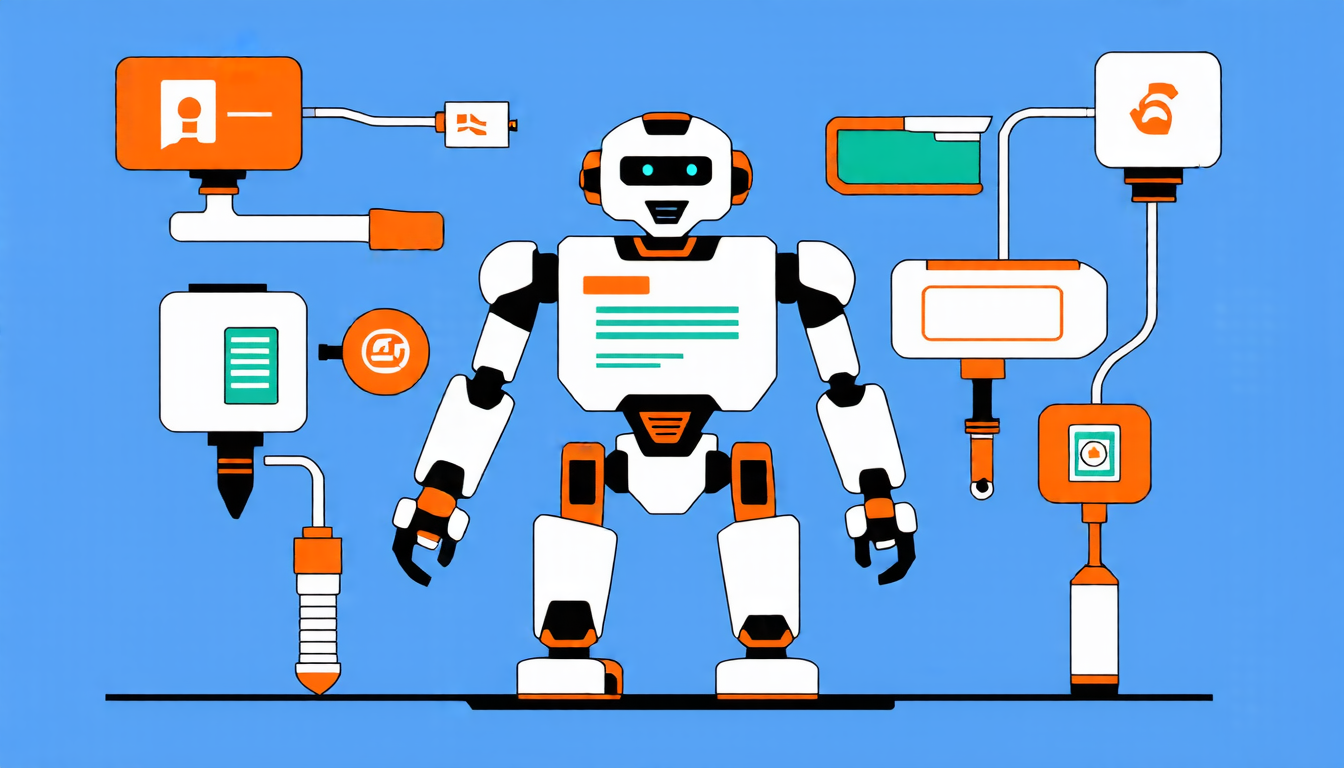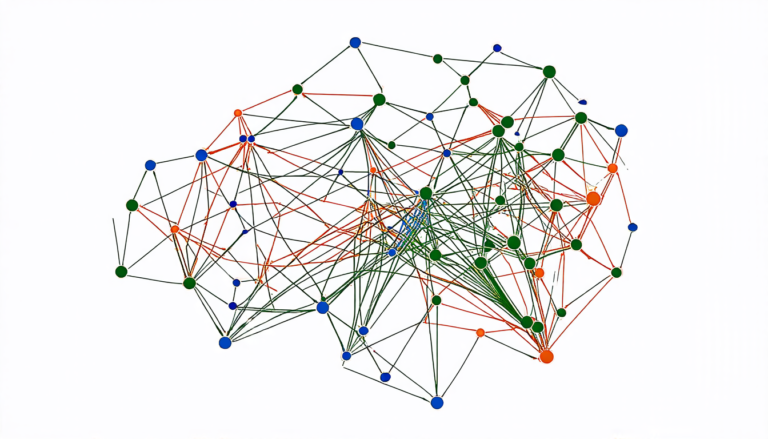Sunday 27 July 2025
Robotics has made tremendous progress in recent years, with researchers and developers working tirelessly to create intelligent machines that can assist us in various aspects of life. One area that has garnered significant attention is the development of vision-language-action (VLA) models, which are designed to enable robots to understand language instructions, perceive their environment, and execute tasks accordingly.
A new paper published recently sheds light on a crucial challenge facing VLA models: their substantial size and high inference latency, which make them impractical for deployment on resource-constrained robotic platforms. The researchers propose a novel framework called RLRC (Reinforcement Learning-based Recovery for Compressed Vision- Language-Action Models) to address this issue.
RLRC is a three-stage pipeline that leverages structured pruning, performance recovery based on self-supervised feature transfer (SFT), and reinforcement learning (RL). By applying these techniques, the researchers demonstrate significant reductions in model size and inference speed while maintaining or even surpassing the original VLA’s task success rate.
The first stage of RLRC involves structured pruning, which eliminates unnecessary parameters from the VLA model. This is achieved by identifying regions with low importance and removing them to reduce the model’s complexity. The resulting pruned model is then subjected to SFT, a technique that helps recover some of the original performance lost during pruning.
The third stage of RLRC involves RL, which further enhances the task success rate of the pruned VLA model. By leveraging parallelized simulation environments and reinforcement learning algorithms, the researchers demonstrate significant improvements in the model’s ability to execute tasks under various conditions.
The results of this study are impressive, with RLRC achieving up to an 8-fold reduction in memory usage and a 2.3-fold increase in inference speed while maintaining or even surpassing the original VLA’s task success rate. These findings have significant implications for the development of intelligent robots that can assist us in various aspects of life.
RLRC is not only a technological breakthrough but also a testament to the power of interdisciplinary research. By combining insights from computer science, robotics, and artificial intelligence, researchers are able to develop novel solutions that address real-world challenges.
As we move forward with the development of intelligent robots, it is essential that we continue to push the boundaries of what is possible. RLRC is an important step in this direction, and its implications will be felt across various fields for years to come.
Cite this article: “Overcoming Challenges in Vision-Language-Action Models: Introducing RLRC”, The Science Archive, 2025.
Robotics, Vision-Language-Action Models, Reinforcement Learning, Compressed Models, Pruning, Self-Supervised Feature Transfer, Inference Speed, Task Success Rate, Intelligent Robots, Interdisciplinary Research







